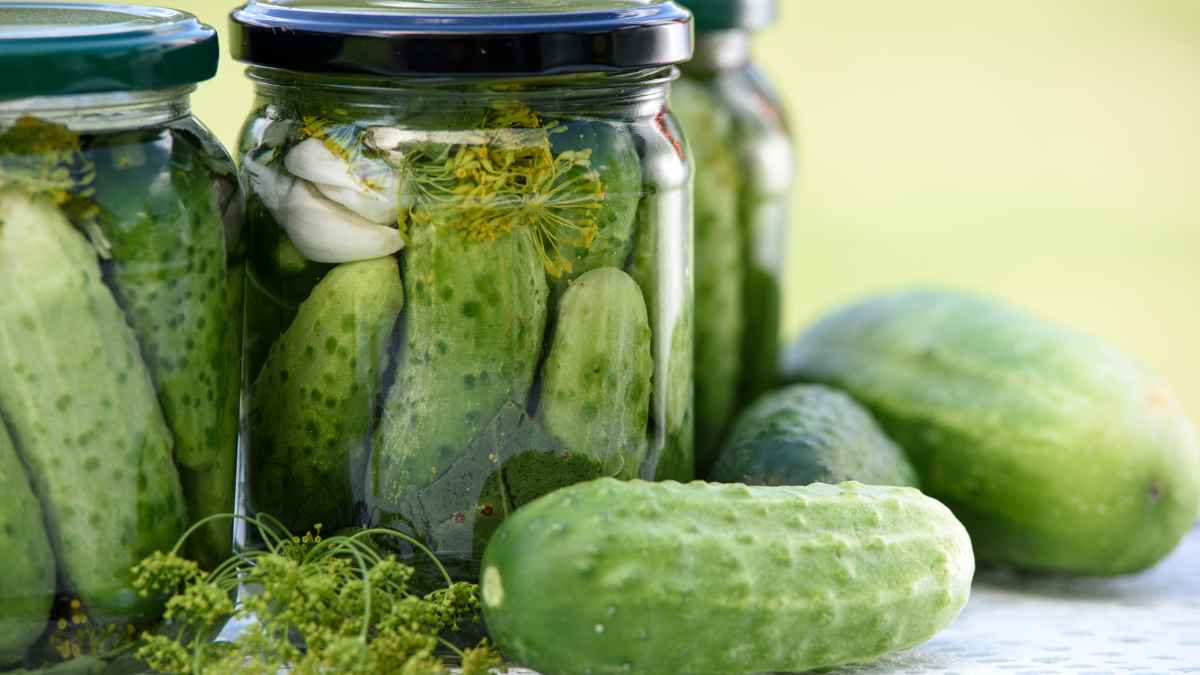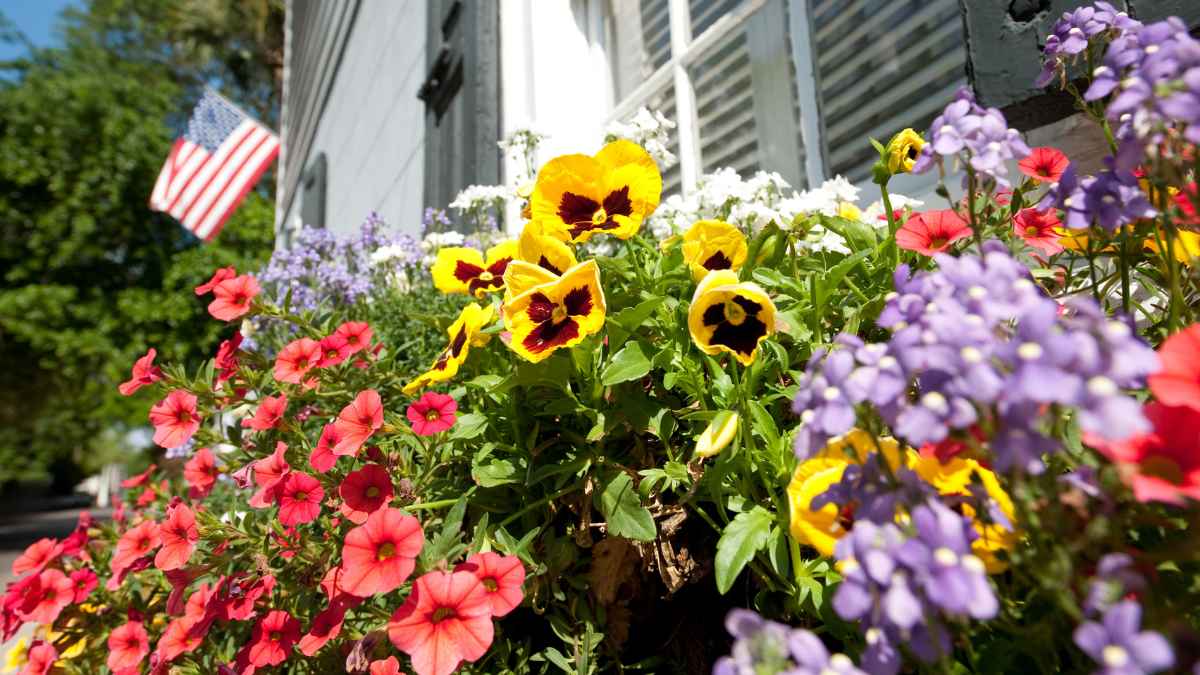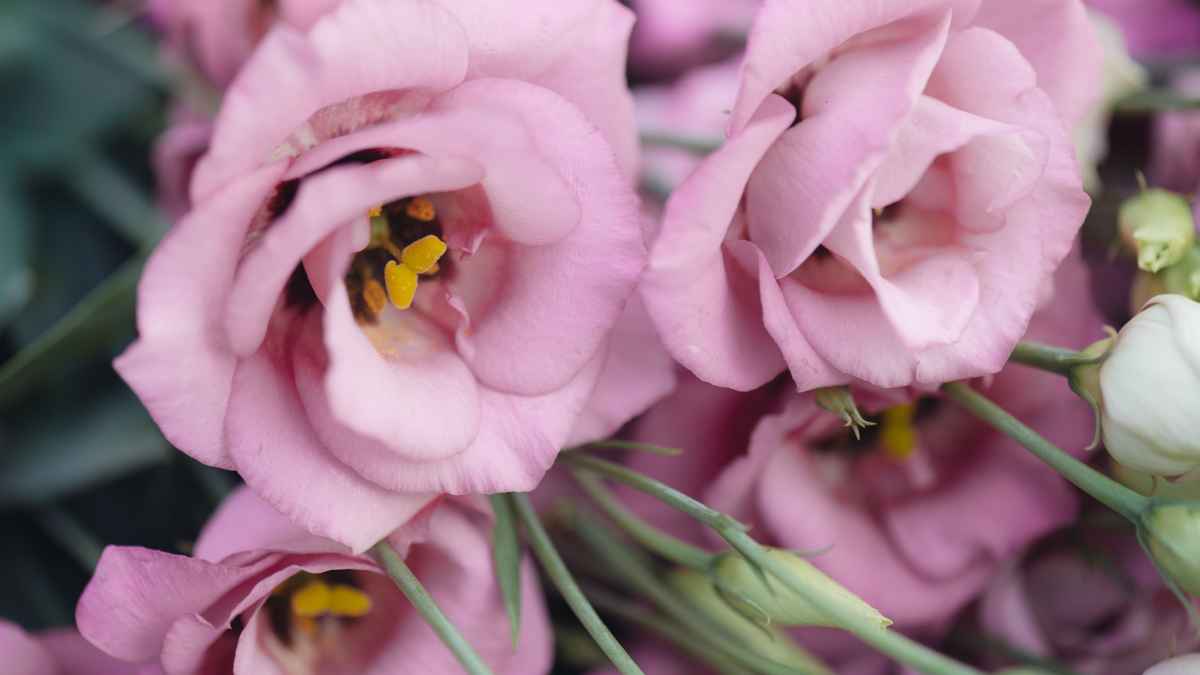Gardening in the shade can be as rewarding and colorful as cultivating sun-loving plants. Shade gardens offer a calm, serene retreat, often filled with lush foliage and vibrant blooms. Here are some top shade-loving plants, including hostas, impatiens, heuchera, ostrich ferns, and Japanese-painted ferns, to help you create a stunning shade garden.
Hostas: The Shade Garden Staple
Hostas are beloved for their large, attractive leaves that come in shades of green, blue, and yellow, often with striking variegation. They are incredibly hardy and can thrive in deep shade.
Growing Tips:
Soil: Well-draining, rich in organic matter.
Water: Keep the soil consistently moist but not soggy.
Maintenance: Hostas are low-maintenance but benefit from mulching and occasional fertilizing.
Varieties to Try:
‘Blue Angel’: Known for its large, blue-green leaves.
‘Golden Tiara’: Features green leaves with golden edges.
Impatiens: Adding a Pop of Color
Impatiens are perfect for adding bright splashes of color to shady spots. These prolific bloomers come in various colors, from whites and pinks to deep reds and purples.
Growing Tips:
Soil: Well-draining and rich in organic matter.
Water: Keep the soil moist; they don’t tolerate drought well.
Light: While they prefer shade, they can handle some morning sun.
Varieties to Try:
‘Super Elfin’: Compact and ideal for containers or borders.
‘Infinity White’: Known for its large, pristine white flowers.
Heuchera (Coral Bells): Foliage for All Seasons
Heucheras, or coral bells, are admired for their stunning foliage in various colors, including deep purples, bright greens, and even silvers. Their delicate flowers add additional interest in late spring to early summer.
Growing Tips:
Soil: Well-draining, moderately fertile soil.
Water: Water regularly, but avoid waterlogged conditions.
Maintenance: Cut back dead leaves to encourage new growth.
Varieties to Try:
‘Palace Purple’: Known for its deep purple leaves.
‘Lime Rickey’: Bright lime-green foliage.
Ostrich Ferns: A Dramatic Showstopper
Ostrich ferns are known for their tall, feathery fronds that create a dramatic backdrop in shade gardens. They can grow large, making them ideal for adding height and texture.
Growing Tips:
Soil: Moist, rich, and well-draining soil.
Water: Keep the soil consistently moist.
Maintenance: Cut back fronds after the first frost to tidy the garden.
Varieties to Try:
Matteuccia struthiopteris: The classic ostrich fern with tall, arching fronds.
Japanese Painted Fern: Pretty and Contained
Japanese painted ferns are prized for their unique, colorful fronds, which blend shades of green, silver, and burgundy. They are also more compact and contained than other ferns, making them perfect for smaller spaces.
Growing Tips:
Soil: Well-draining, humus-rich soil.
Water: Keep the soil evenly moist.
Maintenance: Trim old fronds in early spring before new growth appears.
Varieties to Try:
‘Silver Falls’: Noted for its striking silver and green fronds with burgundy stems.
Creating Your Shade Garden
Layering: Plant taller plants like ostrich ferns in the back and shorter plants like heuchera and impatiens in the front.
Color and Texture: Mix foliage and flowering plants to add visual interest.
Pathways: Incorporate winding paths to create a serene woodland feel.
Visit our blog for more tasty recipes and gardening tidbits!









